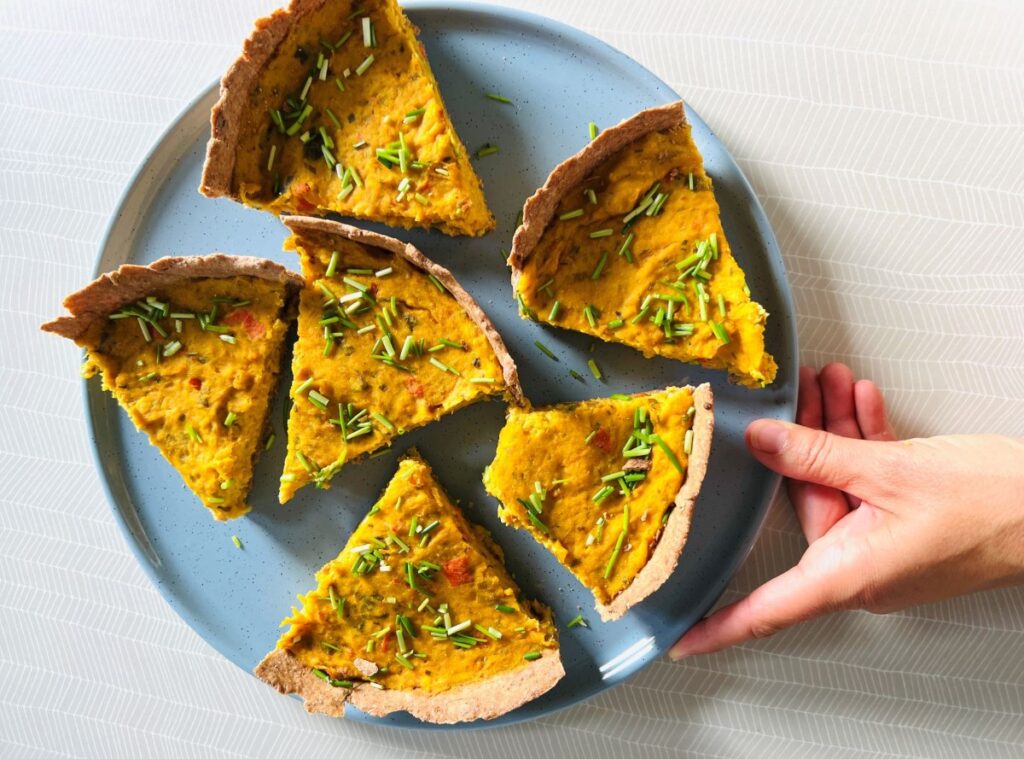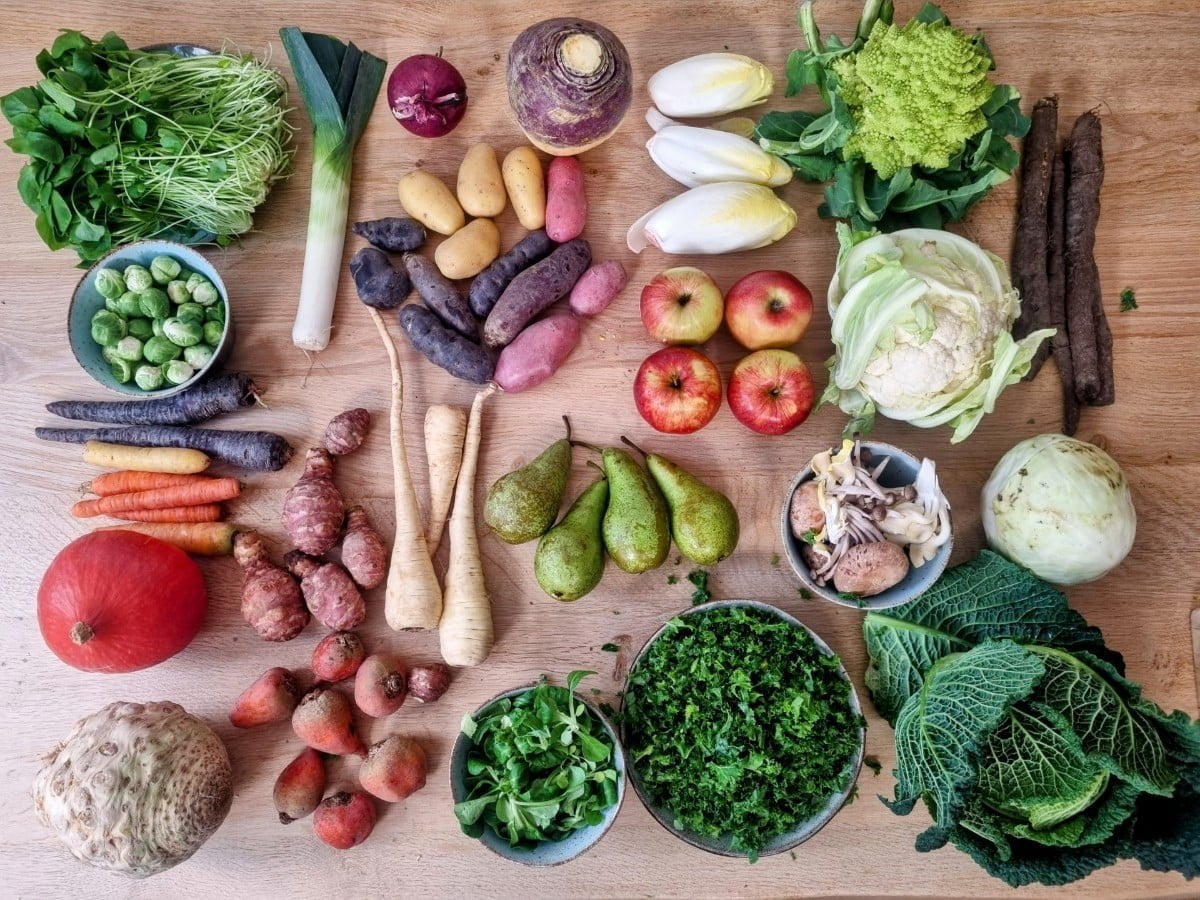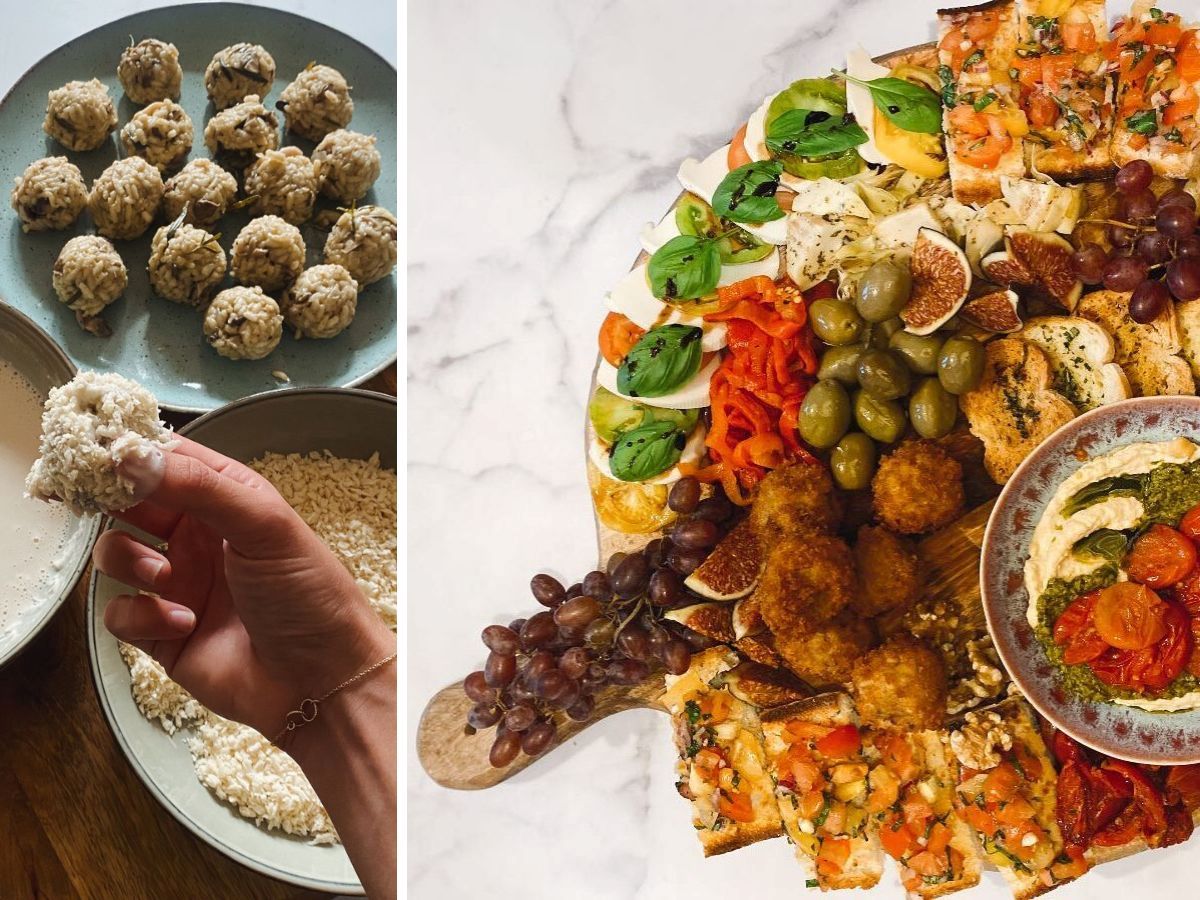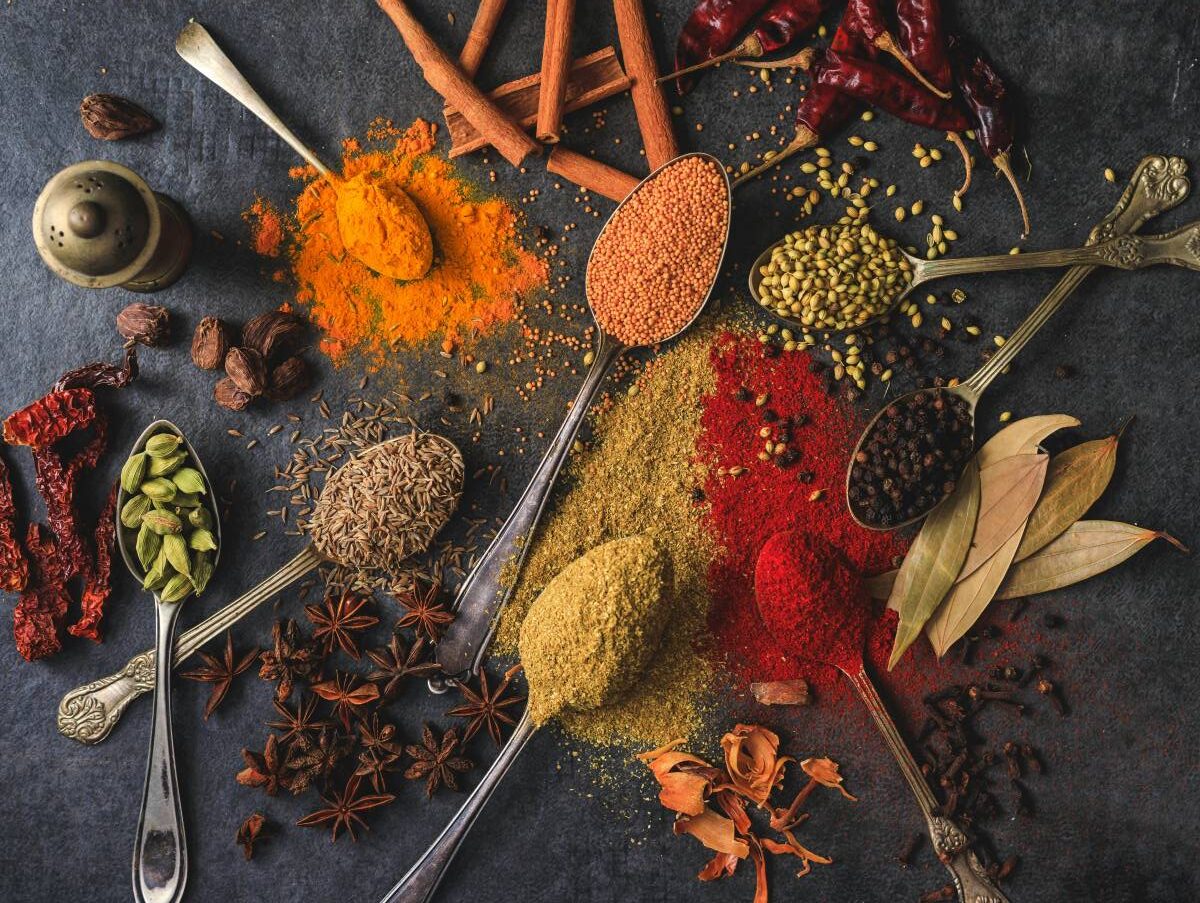It is January again. A new year has begun. Do you already have good resolutions? I have a tip for you on how to start the new year healthily and sustainably: try eating seasonal vegetables and seasonal fruit more often. Adapting your diet to the seasons is not only more sustainable and healthy, but often cheaper too. What are January's seasonal vegetables? We list them for you.
Fruit and vegetables from Dutch soil in January?
Thanks to Crisp for the seasonal produce
Now you might be wondering about the availability of seasonal vegetables and seasonal fruit in January in the Netherlands. January is not necessarily a month dedicated to growth and flowering. Nevertheless, there are also vegetables and fruits available from Dutch soil this month. You might even discover some new vegetables you didn't know existed before. If you are not so familiar with seasonal fruits and vegetables yet, January is the ideal month to start. The list of seasonal vegetables this month is still nice and clear, but there is enough on it for a varied diet.
Also in January: benefits of seasonal vegetables and seasonal fruit
Supermarkets are full of fruit and vegetables. Why bother to pay attention to which fruit or vegetables are currently in season in the Netherlands? For one thing, it is better for the environment. Fruit or vegetables that have a longer transport route or are grown in heated greenhouses generally have a greater environmental impact. But did you also know that seasonal vegetables and seasonal fruit are better for your health? Because the transport route is shorter, the vegetables or fruits are riper before they are harvested. As a result, fewer nutrients are lost. Seasonal vegetables and fruits also contain more nutrients because they are stored for less time. Moreover, fewer pesticides are often used as they are less susceptible to diseases. Finally, it is usually a lot cheaper to buy fruit and vegetables from the season.


Winter purslane and a collection of winter vegetables, including several potatoes.
Fruit or vegetables from the Netherlands are not always the most sustainable choice
Now that you are convinced of the benefits of seasonal vegetables and seasonal fruit, you can pay attention to them when you go shopping. Because the country of origin is indicated on the packaging, you may choose to buy fruit or vegetables from the Netherlands. Unfortunately, this is not always the most sustainable choice. After all, you can't tell in the supermarket whether the fruit or vegetable was grown in a heated greenhouse. For example, a head of lettuce from the Netherlands may be the most sustainable choice in July; while in January the head of lettuce from Spain is more sustainable because it grows in the open air. Pretty confusing isn't it? To make it easier for you, we have picked out for you which vegetables and fruits grow in full Dutch soil or in unheated greenhouses in the Netherlands. For October, these are the following fruit and vegetables:
Dutch seasonal vegetables January:
The fruit and vegetables in bold can currently be harvested in the Netherlands. The remaining fruit and vegetables, although from the Netherlands, are from earlier months. Vegetables are often stored for months after harvest and thus sold (which is fine).
- Potato
- Jerusalem artichoke
- Kale (inspiration recipe: vegan pumpkin stew with kale Asian style)
- Beets
- Green celery
- Celeriac (inspiration recipe: veggie celeriac lasagne)
- Kohlrabi
- Mushrooms (inspiration recipe: vegan risotto of pearl barley and oyster mushrooms)
- Parsnips
- Pumpkin (inspiration recipe: pumpkin curry quiche)
- Leek (inspiration recipe: vegan pea soup: snert with spice)
- Turnip
- Rammenas
- Red beetroot
- Red cabbage
- Romanesco
- Savoy cabbage
- Salsify (inspiration recipe: creamy pasta with salsify)
- Sprouts
- Onion
- Corn salad
- Watercress
- Winter purslane
- Chicory
- White cabbage
- Carrot (inspiration recipe: Moroccan-style carrots)

Dutch seasonal fruit January:
- Apple
- Peer
Why storage vegetables and fruits are also on the list
The fruits and vegetables listed above are the varieties normally available this month from full Dutch soil or unheated Dutch greenhouses. This will only not saying that these fruits and vegetables are also this month harvested are. Some varieties such as apple, pear, carrot, potato, pumpkin and onion, for example, can be stored by producers for longer periods of time. This makes these types of fruits and vegetables available even during the winter months, increasing the choice of fruits and vegetables produced locally. Thegreenlist.nl chose to include these storage vegetables and fruits in the list of seasonal vegetables and fruits as well, because they are a sustainable choice of the Dutch country. If we were to omit these varieties, there would be no fruit on the list at all in the winter months, for example. So these storage vegetables and fruits are not quite of the season, but they do offer an eco-friendly way to eat varied and healthy food during the colder months.
Want to know more about how Dutch producers store fruit and vegetables? You can read all about it in this article.


Celeriac is in season in the Netherlands in January and you can use it, for example, as an alternative to lasagne leaves for a delicious and healthy veggie lasagne.
Fruit that is a sustainable choice all year round
Now, to eat only apples and pears for several months can get a bit boring. Below you will find a list of types of fruit that, according to the Nutrition Centre are a sustainable choice all year round, even if they are not from the Netherlands. You might wonder why there are some tropical fruits on this list, such as banana or citrus fruits. Because these fruits are firm, they can be transported to the Netherlands in large quantities by truck or boat, which means the environmental impact is not so high. With tropical fruit and vegetables, you can still make sure it is a quality mark has, such as the Rainforest Alliance seal of approval.
- Apricot
- Pineapple
- Banana
- Lemon
- Grape
- Pomegranate
- Grapefruit
- Kiwi
- Lime
- Mandarin
- Melon
- Nectarine
- Peach
- Plum
- Orange
Fresh soft fruits, such as raspberries and strawberries, are best avoided in winter. This often comes by plane or is grown in a heated greenhouse.
Seasonal vegetables and seasonal fruit in January: sustainable, healthy and cheap
We hope you can now make conscious and healthy choices more easily. And with any luck, you'll notice it in your wallet too. Another little tip: bookmark this list on your phone. That way you will always have it to hand when you are in the shop and you can quickly find March's seasonal vegetables or seasonal fruit.
More sustainable shopping tips from thegreenlist.nl
- Wasting less food also has a big impact on the environment. See here which fruit and vegetables you keep in the fridge and which you don't.
- What about plastic packaging? You can read the truth about plastic packaging here.
- Would you like to spend a little less on your groceries and do some good for the environment at the same time? Then quickly read these budget shopping tips that are also sustainable!
- Already curious about February's seasonal vegetables? You can find them here.
Sources: Outdoor Living Feeling about the benefits of seasonal eating, Albert Heijn on the benefits of seasonal fruit and vegetables, VegetableGroente.nl on seasonal vegetables by country, Velt's seasonal calendar for the list of seasonal vegetables and seasonal fruit. Photo credits: thegreenlist.nl.












